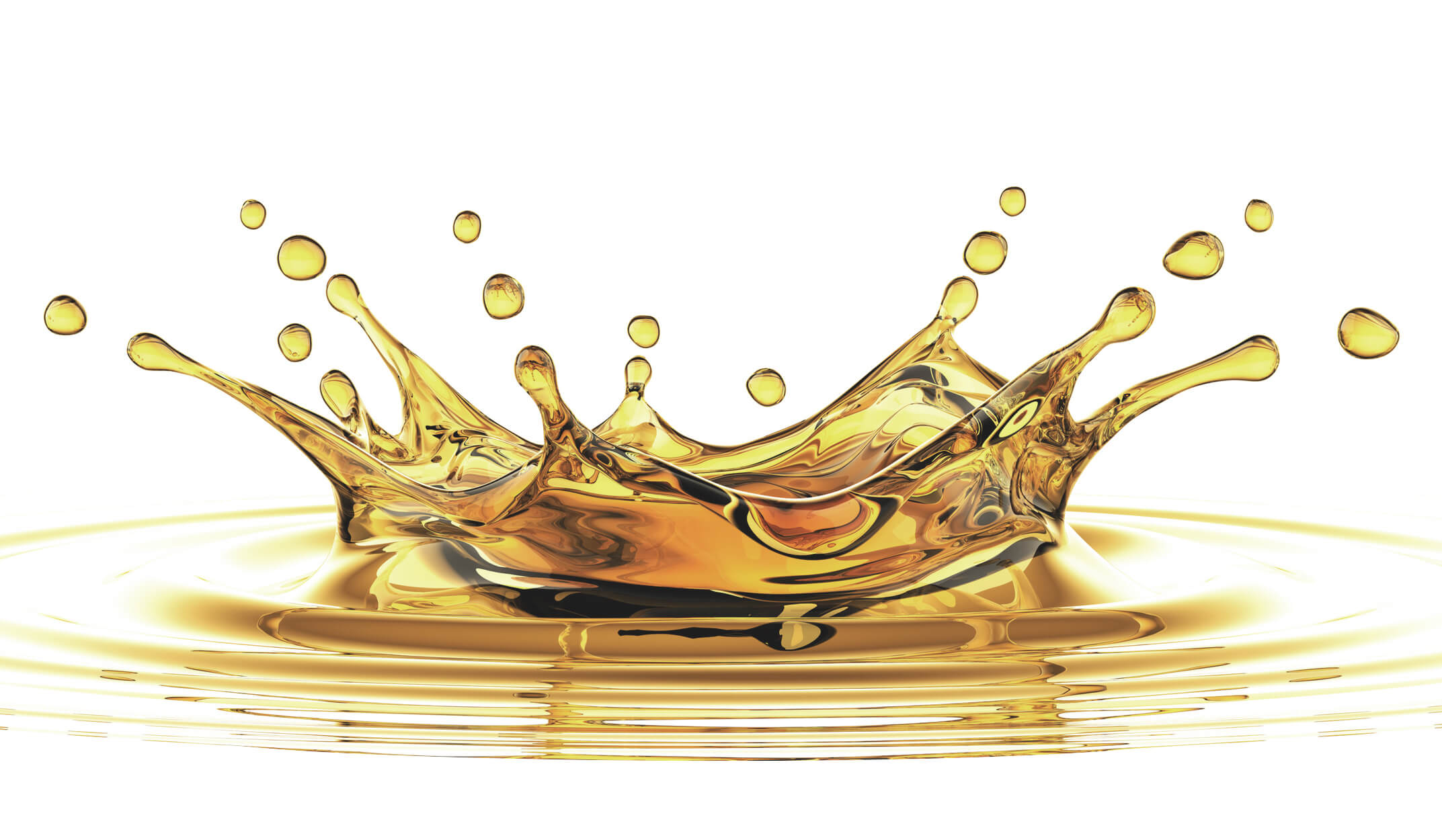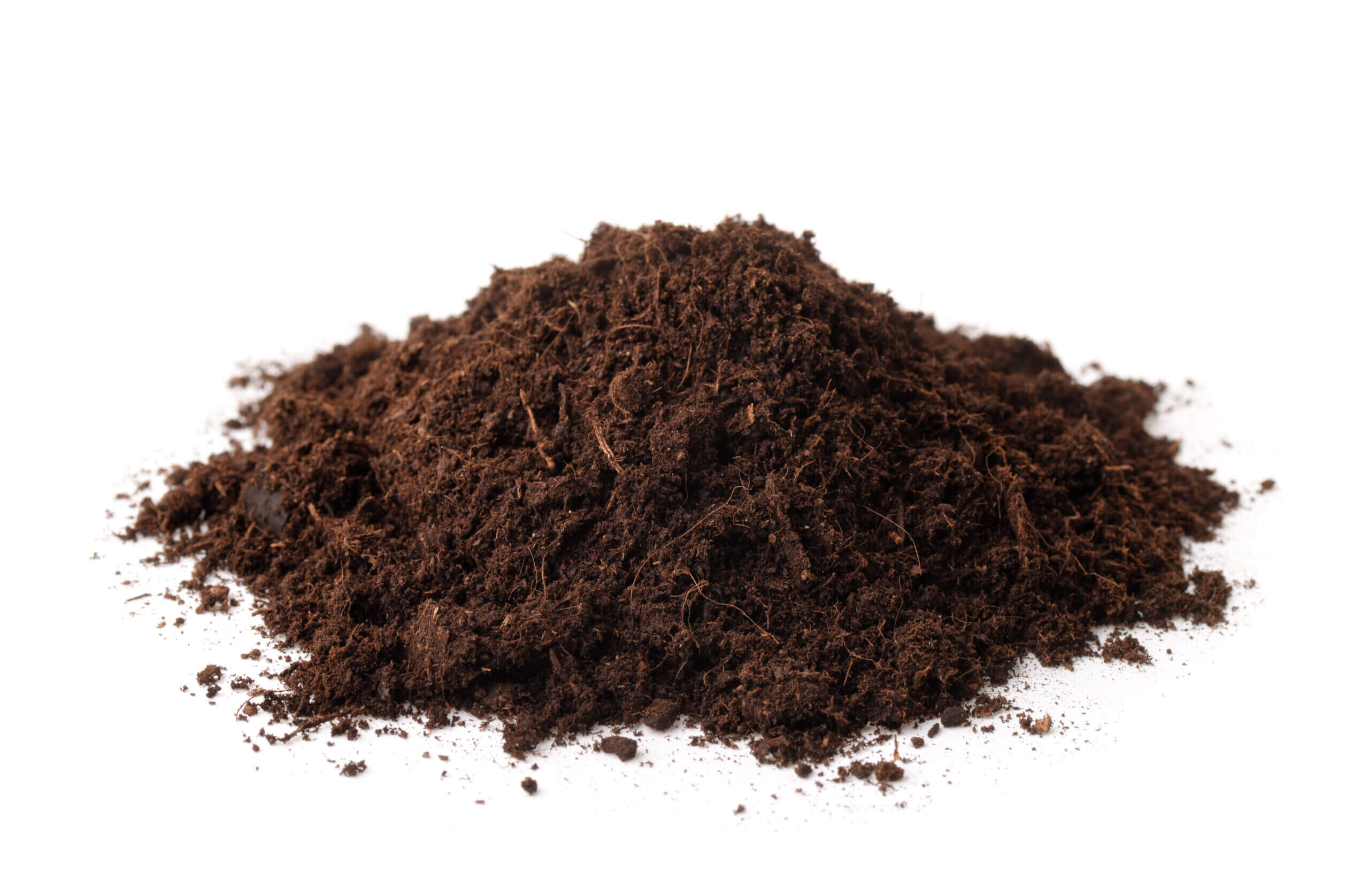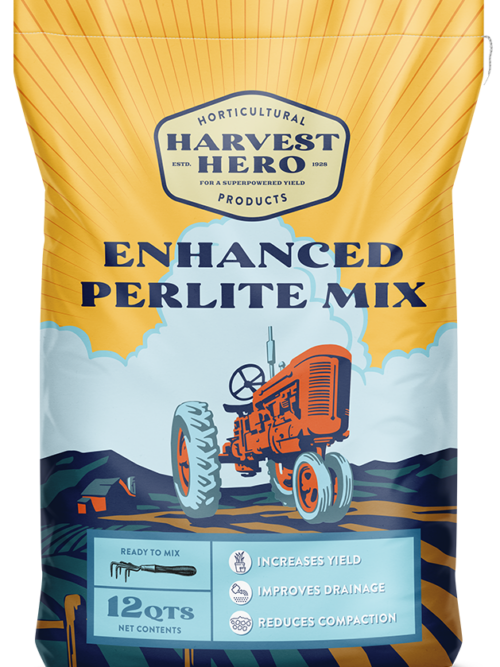Proven Results
University Testing Reveals Harvest Hero Shows Measurable Results in Plant Growth

University of Kentucky
A University of Kentucky study looked at how hydroponic greenhouse cucumbers performed using Harvest Hero Perlite+ Silica. Compared to controls, the study showed that the diatomaceous earth coating on the perlite resulted in an increase in vine fresh mass and the overall structural integrity of the plant.
“When trialling the Perlite+ Silica, we observed fewer greenhouse insect pests such as fungus gnats and shore fly larvae and adults. Cucumber plants grown with Perlite+ Silica were determined to have a 10% increase in nodes per plant and required ~21% less nutrient solution than control plants. Therefore, the addition of silicon assisted with reduced water requirements during summer production. Additionally, the Perlite+ Silica provided a level of buffering capacity to maintain an optimal root-zone pH.”
A leading University of Kentucky Researcher
NC State University
A study conducted at NC State University looked at how root cuttings of an industrial hemp cultivar called BaOx performed using Harvest Hero Enhanced Perlite Mix. The results were impressive.
“This media booster is unlike anything currently on the market. While you can find separate perlite, silica sources, and fertilizer products, Harvest Hero takes the guesswork out of creating the perfect growing environment for cannabis.” John Carroll, Chief Agronomist, Viaspace, California

Perlite
Perlite is an industrial mineral formed by molten (magmatic) rock, also known as volcanic glass, and has been a key player in the horticultural industry for decades. The biggest benefit of expanded perlite is that it provides space for both air and water within a soilless mix. In fact, perlite retains water in three ways: in between individual grains, in channels leading to the cores of the grains, and on the highly irregular surfaces of each particle.

Diatomaceous Earth
Diatomaceous earth (DE) is the naturally occurring fossilized remains of diatoms. It is a near-pure sedimentary deposit consisting almost entirely of silicon dioxide, one of the world’s most abundant elements, which is semi-soluble and essential for plant health. Silica improves cell wall strength and structural integrity. This allows diatomaceous earth to improve the soil quality while increasing resistance against abiotic plant stressors like drought and waterlogging.
DE also aids in reducing salinity, promotes a neutral pH, adds matrix to the soil and improves overall soil quality.

Essential Nutrients
Harvest Hero’s Enhanced Perlite Mix is mindfully crafted with essential macronutrients for the critical initial stages of growth. With a 0-0.57-0.57 grade, it is a significant source of potassium and phosphorus (with nitrogen provided by the organic matter in your soil choice of sphagnum, peat moss or coco coir).
Nitrogen (N): Harvest Hero Enhanced Perlite Mix is strategically designed to be mixed with an organic soil amendment high in nitrogen (ideally plant-available nitrogen). As a result, Harvest Hero’s team of agronomists placed an emphasis on formulating a soilless mix with essential nutrients high in potassium (K) and phosphorus (P).
Potassium (K): This nutrient supports overall plant growth, activating dozens of important enzymes for protein synthesis, sugar transport, N and C metabolism, and photosynthesis.
Phosphorus (P): While this nutrient is essential for the general health of plants, it’s especially vital for root health: the basis of your seedling’s success. It is a key component of ATP (the energy unit of plants).

Silica
As we said above describing diatomaceous earth (which is comprised primarily of silica), silicon dioxide is one of the most abundant and useful materials on the planet, with uses in everything from computer chips and glassmaking to, of course, horticulture. The properties of silica, in the right amounts, can improve cell-wall strength and structural integrity.

Sphagnum Peat Moss
Sphagnum peat moss is the dead moss debris that collects and decays at the bottom of bogs and wetlands where sphagnum moss grows. Over hundreds of years, it mixes with other decayed plants and insect material, enriching it with organic nutrients.
Peat moss is great as a medium for plant growth, helping to hold onto moisture, improving drainage and offering a neutral pH level.

Coco Coir
Derived from the layer of fibrous threads between the coconut husk and the interior, coco coir is a natural, renewable growing medium that has a high water-holding capacity, a neutral pH level and greater aeration than peat or other mediums.

Wood Fiber
Made from passing wood material through screw presses, and the resulting product looks like cotton wool. Wood fibers increase wettability and water capture better than peat alone. It can help wick water from sub-irrigated systems and move water throughout the container. It can be used in conjunction with peat moss to prevent splashing and channeling of water.
-
 Harvest Hero Natural Soil Conditioner with Diatomaceous Earth$31.99
Harvest Hero Natural Soil Conditioner with Diatomaceous Earth$31.99 -
 Harvest Hero Perlite+ Silica$32.99 – $49.99
Harvest Hero Perlite+ Silica$32.99 – $49.99 -
 Harvest Hero Hydroponic Perlite$31.99 – $41.99
Harvest Hero Hydroponic Perlite$31.99 – $41.99 -
 Harvest Hero Enhanced Perlite Soil Mix$30.99 – $44.99
Harvest Hero Enhanced Perlite Soil Mix$30.99 – $44.99
